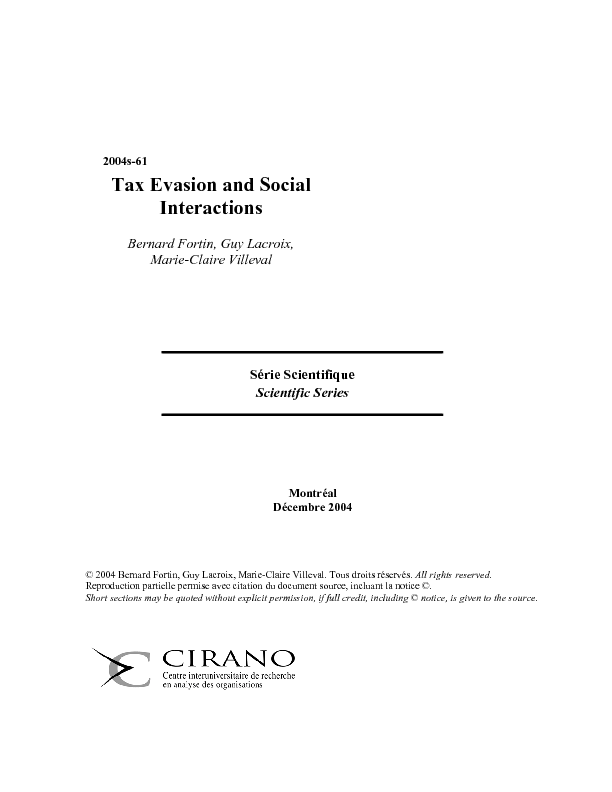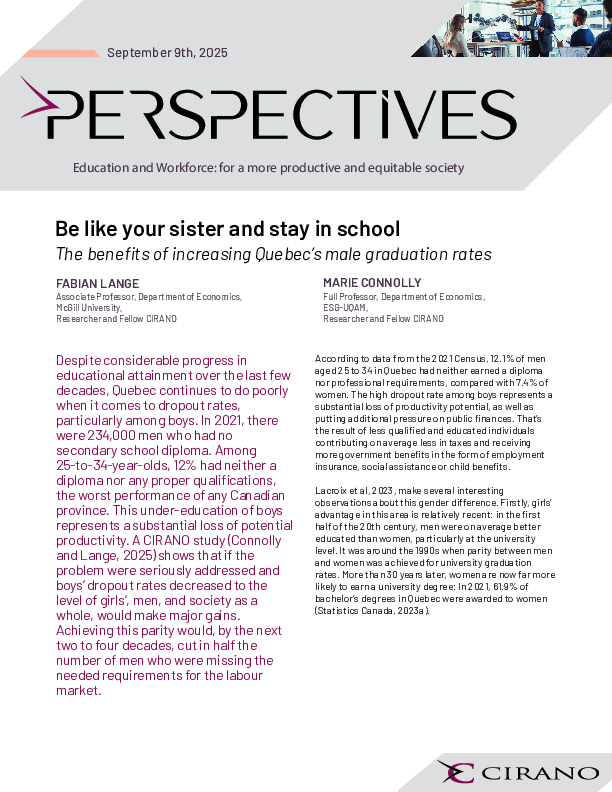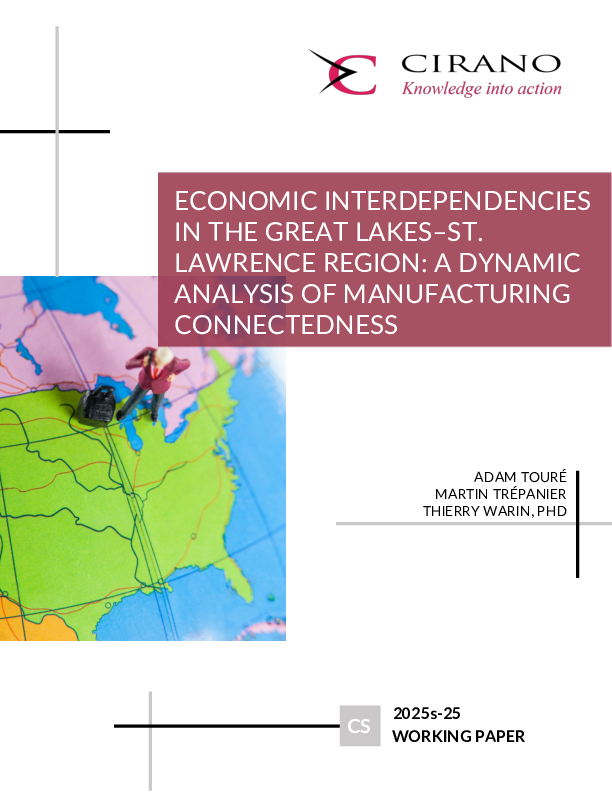Tax Evasion and Social Interactions
The paper extends the standard tax evasion model by allowing for social interactions. In Manski's (1993) nomenclature, our model takes into account social conformity effects (i.e., endogenous interactions), fairness effects (i.e., exogenous interactions) and sorting effects (i.e., correlated effects). Our model is tested using experimental data. Participants must decide how much income to report given their tax rate and audit probability, and given those faced by the other members of their group as well as their mean reported income. The estimation is based on a two-limit simultaneous tobit with fixed group effects. A unique social equilibrium exists when the model satisfies coherency conditions. In line with Brock and Durlauf (2001b), the intrinsic nonlinearity between individual and group responses is sufficient to identify the model without imposing any exclusion restrictions. Our results are consistent with fairness effects but reject social conformity and correlated effects.
[ - ]




